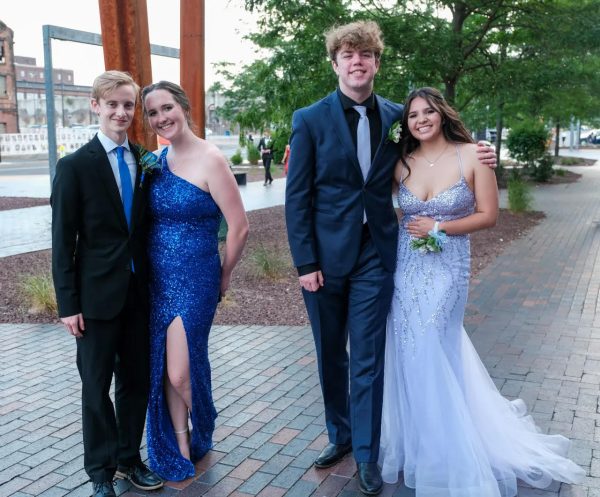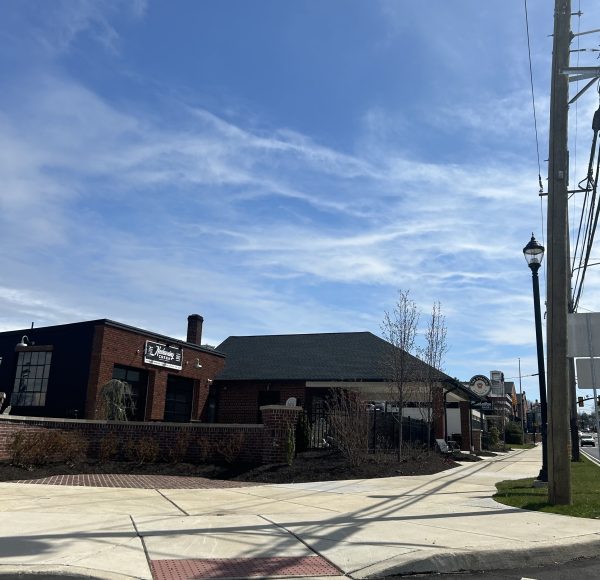Big Steps Towards the Federal Legalization of Recreational Marijuana
January 7, 2021
Earlier this month, the US House of Representatives passed a federal bill that would effectively decriminalize the use of recreational marijuana.
The Marijuana Opportunity Reinvestment and Expungement (More) Act would remove marijuana from the list of federally controlled substances and erase certain federal convictions. It was passed by the US House 228 to 164. It must be passed by the Senate and signed by the President to become a law, although it looks to be very unlikely that the bill will make it past the Senate.
In 38 of the 50 states, the use of medical marijuana is legal and in 15 states and the District of Columbia, the use of recreational marijuana is legal. These states include: Alaska, Arizona, California, Colorado, District of Columbia, Illinois, Maine, Michigan, Montana, New Jersey, Nevada, Oregon, South Dakota, Vermont, and Washington. Most of those states allow for the possession of marijuana and over half allow for the possession of cannabis plants both for those over 21.
A survey done by Pew Research Center found that the public approval of the legalizing of marijuana is 67 percent in favor opposed to 32 percent against. The percent opposed has also dropped from 52 percent in 2010 to 32 percent as of 2019. Only around 8 percent prefer that all marijuana should remain illegal including medical and recreational. The question remains as to why the use of medical marijuana is still illegal in 18 of the states o only 8 percent of the public disapprove of all use of marijuana. This bill may answer that question with the Senates upcoming ruling.
People in approval of decriminalizing cannabis argue that marijuana can relieve nausea and vomiting. Studies have shown that pharmaceutical cannabis use can decrease nausea for those undergoing chemotherapy to treat cancer and it also helps eliminate vomiting. Along with cancer patients, medical use of cannabis can be used for a variety of other health problems including multiple sclerosis, HIV/AIDS, chronic pain, etc. It is also a better replacement to pain relievers such as opioids that prove to be highly addictive. Cannabis does not always have to be smoked and can come in a variety of forms such as oils, topical pain relief treatments, edibles, etc. It can also come the form of THC which differs from CBD by removing the “high” that comes along with CBD. One woman in favor of the legal use of recreational and medical marijuana is Kimberly Rabago. Rabago is a Social Worker for Grand View Hospital in the Oncology Department. She frequently works with cancer patients and has witness the impact of medical marijuana on a cancer patients’ pain. When asked about the impact of medical marijuana on cancer patients, Rabago stated that “the reduction of pain has been substantial in helping them continue with treatment. It can also help increase their appetite for them to gain the nutrition they need to help in their healing process.”
On the other hand, those opposed to the use of both medical and recreational marijuana argue the frequent use of marijuana affect short-term memory and cognitive ability. Smoking marijuana can also cause lung damage, contain cancer-causing compounds, increase automobile and workplace related accidents. There is also the risk of abuse and/or dependency. The biggest point brought up is that marijuana is a drug and should remain illegal like many other drugs. Dorothy Bevan, a follower of the Catholic faith, is opposed to any use of marijuana. She agrees with the statement that marijuana should remain illegal saying “the use of drugs is against my faith and marijuana is a drug.”
Both arguments are made in support or against the legalization of medical or recreational marijuana. The fate of recreational marijuana now rest in the Senate and the decision it will make.









